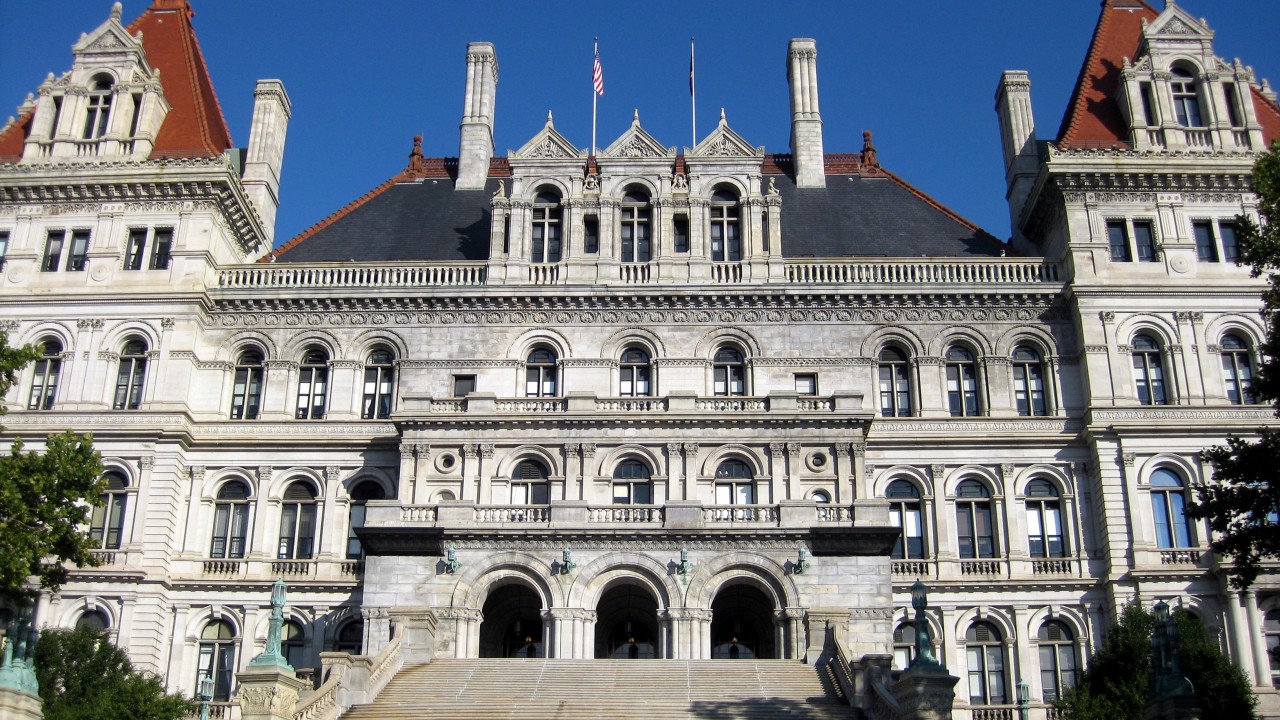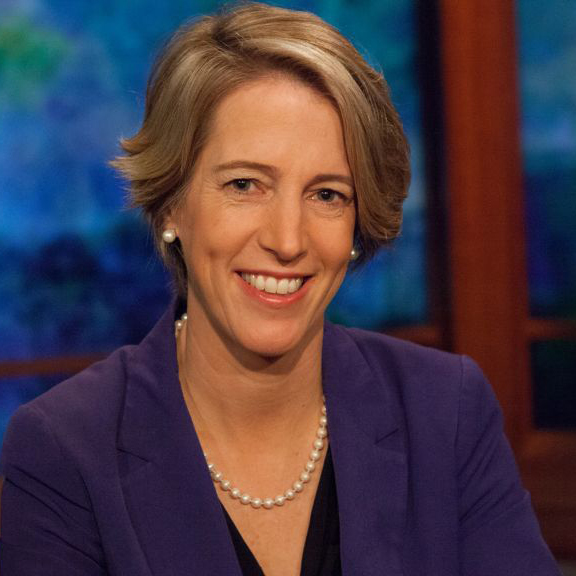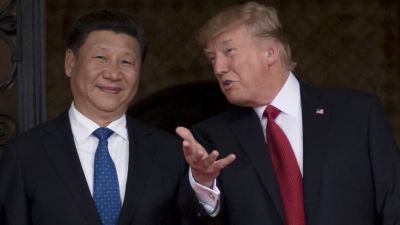
The New York State Capitol in Albany, New York. (Wally Gobetz / Flickr CC 2.0)
In his extraordinary book, What’s the Matter with Kansas? Tom Frank asked why blue-collar workers in his home state repeatedly voted against their own economic interest, casting ballots in favor of Republican policies that favored the rich and powerful.
You could as easily ask, “What’s the Matter with New York?” But here it’s a different mystery, although with just as devastating consequences. In the state with one of the richest progressive traditions, we have the highest inequality and the most segregated schools, and the tax code allows hedge funders to get away with murder, extracting cash from the poor and middle class New Yorkers because they can.
Because of the extraordinary amount of money involved, the political pathologies of the country are all exaggerated in New York State. In an accelerating, out of control, downward spiral, the income inequality here begets political inequality (which also leads to lower voter turnout), which begets further income inequality which begets more political inequality and on and on.
And yet it is an overwhelming Democratic state — twice as many Democrats as Republicans. Voters support public infrastructure. They support paying for public schools. They support progressive taxation. Historically, New York has been an innovator and leader in anti-corruption efforts and populist, progressive reform. From the outside — if you’re a Democrat in North Carolina or Ohio — it may sound like a great place to care about decent politics.
But in practice, it’s a mess. We have one of the most profoundly corrupt states in the country, no matter how you measure or think about it. And that corruption goes deep:
* The head of the state assembly, Democrat Sheldon Silver, was just convicted on 7 counts of bribery and extortion charges.
* The leader of the state senate, Republican Dean Skelos, was just convicted on 8 counts of federal bribery and extortion charges.
* This summer, a powerful state senator, Thomas Libous, was convicted of lying to the FBI.
* The governor, Andrew Cuomo, is under federal investigation for giving donors kickbacks in major projects in Buffalo.
* Last year, Andrew Cuomo shut down an anti-corruption commission several months before its planned ending, giving various, inconsistent reasons for its demise.
* Credible New York Times reporting alleges that Cuomo’s top aide interfered with deputized State Attorneys General in their corruption investigations
* The luxury development company behind three of these corruption scandals — Silver, Skelos and Cuomo — Glenwood Management, incredibly claims to be shocked that bribery, which allegedly it was a party to, was occurring.
New York State, which should lead the country, is a swamp. It would simply be an embarrassment were it not for the terrible human cost: families that can’t afford to live in New York City, second graders in classrooms with 33 kids, children having to sell coupons to pay for their own chemistry equipment, collapsing infrastructure, dangerous old pipes exploding, a transit system that is a broken shadow of its former glory, a total failure to build, lead and dream in a state known for building, leading and dreaming.
The cost of this cancer of corruption is the quality of all of our lives, collectively and individually. The once most progressive state in the country has the highest level of inequality of any state.
Why? What’s the matter with New York?
For starters, it is not that voters don’t care about issues, they simply don’t vote.
And politicians use public statements as tools, not as evidence of actual commitments. Andrew Cuomo consistently says he supports things he simply doesn’t show any evidence of supporting, like public financing of campaigns. Andrew Cuomo says he has “zero tolerance” for corruption, yet the corruption continues.
This doublespeak runs deep. Andrew Cuomo and Sheldon Silver both heavily identify as Democrats, but both actively worked to sabotage Democratic power in the state. These top two state Democrats opposed a fair redistricting that would have given Democrats proportionate power, choosing instead a districting model that gives Republicans a permanent veto. They didn’t have to do that: they seem to want the Republican veto to allow leadership to shirk responsibility.
Also, in New York State, we have internal rules that are not justifiable: corporations in New York are allowed to donate directly to candidates, an easily fixable problem that the Governor claims there is no “appetite” to fix. Power is heavily concentrated in the three leadership positions — governor, state senate leader and state assembly leader — so despite great transparency on lots of relatively unimportant matters, we have no meaningful understanding of how local elected officials vote: it is a black box. Legislators are allowed to make unlimited outside salaries, creating a systematic conflict of interest among many of our leaders.
I ran against Andrew Cuomo in 2014. It was a strange experience to run against someone who claims the same ideology, but doesn’t share it. The words he uses in press conferences are not connected to his real intentions. His economic ideology, such as it is, is Reagan’s, not FDR’s: it is openly trickle down.
Or perhaps it doesn’t exist at all. More terrifying than a neoliberal ideology is the absence of any ideology except that which seeks to maintain power. That ideology — that greed for power — inevitably leads to servitude. To hold onto power, it is safest to serve the big money masters instead of the public. Andrew Cuomo can give all kinds of gloss to why a Democratic governor supports a Republican state senate and tax breaks for the wealthiest NYC developers, but the most likely reason for his policies is the most obvious: his biggest donor, Glenwood Management, wants those things. To stay in power he must keep currying their favor.
That’s the problem in New York State and around the country: our leaders aren’t leaders, they are servants.
Yes, we need some New York-specific fixes, like limiting outside income. But the fundamental corruption in New York won’t change until we build a new, clean machine that allows normal, moral, public-spirited candidates to run – the kind of public financing machine that should be in place all across the United States.
The weight of corruption from private financing is pushing us deeper into the swamp. New York is full of extraordinary, caring, serious women and men who could take over in Albany and build something amazing with our state. The fractivists and Fight for 15 campaign taught us that Andrew Cuomo won’t lead unless we start regularly protesting — at his fundraisers and in our streets. Citizen Action and other groups in New York and around the nation have built the basic public support for a public financing resolution — now we need to make our anger heard and out into legislative action.
The views expressed in this post are the author’s alone, and presented here to offer a variety of perspectives to our readers.




